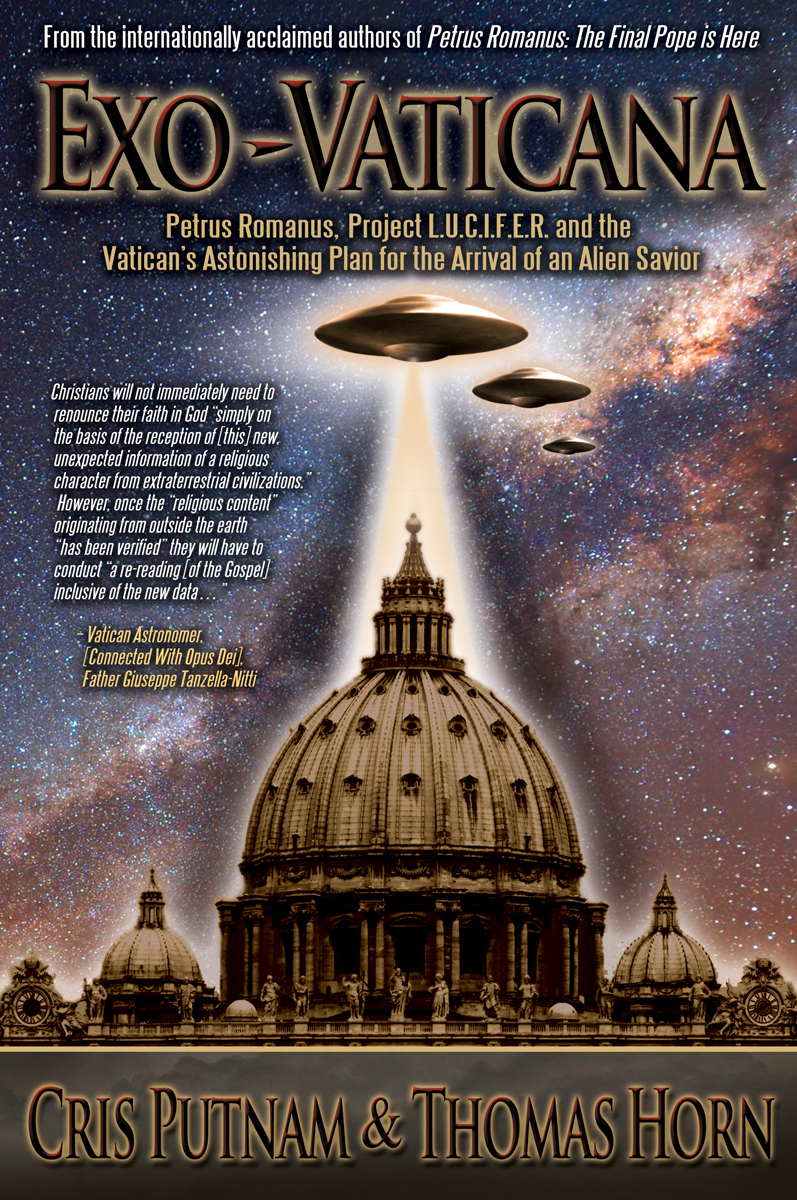[soundcloud url=”https://api.soundcloud.com/tracks/201050838″ params=”auto_play=false&hide_related=false&show_comments=true&show_user=true&show_reposts=false&visual=true” width=”100%” height=”450″ iframe=”true” /]
On the Path of the Immortals (video)
On the Path of the Immortals – SkyWatch TV
We just finished the manuscript and plan to release On the Path of the Immortals this Spring!
Evidently Tom Horn and Cris Putnam have been involved in a top-secret project over the last 2 years involving specific geographic locations where supernatural gateways are purported to exist. They actually sent two teams of investigators to remote locations and wound up filming things they did not expect. Tom Horn says it is the biggest discovery he’s been involved with and that the information will be part of an upcoming SkyWatchTV Special Investigative Report as well as a book that is in production now titled On The Path Of The Immortals.
http://skywatchtv.com/videos/derek-gilbert-talks-to-tom-horn-about-his-upcoming-top-secret-project/
The Problem With Jeffrey Long’s NDE Derived Theology
In a nutshell the problem is oneism or pantheistic monism. Dr. Jeffery Long promotes the NDE popular theology derived from a Colombian woman named Hafur as wisdom that “sums up the message of NDEs worldwide.” For example, Hafur concludes,
“I was everything and everything was me, without essential differences other than in earthly appearances,” and “That ‘I’ includes ‘we.’”[i]
Long approvingly cites Hafur’s wisdom:
“We live in a ‘plural unity’ or ‘oneness,’” and “Our reality is unity in plurality and plurality in unity.” She also states that “everything is God.”[ii]
As you can see, the theological expression found in Dr. Jeffrey Long’s Evidence of the Afterlife (2011), is the Omega Point worldview: the idea that “all is becoming one”—oneism—or monistic pantheism. The defining issue is the creature/creator distinction derived from exegesis of: “who exchanged the truth of God for the lie, and worshiped and served the creature rather than the Creator, who is blessed forever. Amen” (Romans 1:25, NKJV, underline added). From Paul’s apposition in Romans 1:25, Peter Jones observed that there are really only two religious perspectives, “oneism” (worship of creation) and “twoism” (worship of the creator). Jones explains:
One-ism believes that “all is one” and shares the same essential nature. Theologians use the term “consubstantiality.” As you probably know, “con” means “with” in Latin, and you know what “substantial” means — “substance” or “essence.” In One-ism, everything shares the same essence. In a word, everything is a piece of the divine. [iii]
Its exactly like Buddhism, Hinduism or the New Age. I have invested a great deal of time and energy addressing monsim because it is such a huge error and the prevailing “spirituality” of our day. However, it is 180 degrees in opposition to the message of Jesus who taught a creator/creation distinction as well as narrow road to heaven (Matthew 7:13). Jesus’ theology contrasts oneism by making the creature/creator distinction through “worship and service of the Creator” (e.g. Romans 1:25). Jones explains,
“Two-ism believes that while all of creation shares a certain essence (everything apart from God is created), the Creator of nature, namely God, is a completely different being, whose will determines the nature and function of all created things.”[iv]
In regard to the NDE theology promoted in recent books like like Dr. Jeffery Long’s Evidence of the Afterlife (2011), Dr. Pim Von Lommel’s Consciousness Beyond Life: : the Science of the Near-Death Experience (2007) and Dr. Eben Alexander’s Proof of Heaven (2012) I address the prevailing Oneism in detail in The Supernatural Worldview. A brief excerpt follows:
Evaluation:
In addressing the subjective heavenly experience of NDErs, there is an appropriate biblical analogy found in apocalyptic literature. Christians widely agree that the visions of Daniel, Isaiah, Ezekiel and John have a real basis in an otherworldly reality. Even so, there are different interpretations of these visions amongst sincere believers. That is not to say that some interpretations are not better than others, but it does reveal that there is an agreed element of subjectivity in interpreting apocalyptic and visionary scripture. While there is usually a consensus view on the meaning of these visions, it is not always written in stone, and prophecy often has a way of surprising us. It seems fair to argue that what people describe of heaven in an NDE falls into this same general type of experience; and non-Christian presuppositions held by the majority of people, such as pluralism and universalism, will find mystical confirmation.
The central metaphysical premise of pantheism, that all is one, is an unproven and counter intuitive assumption. In surveying eastern thought, pantheistic philosophers simply assume that “being” (meaning existing) is univocal and then offer arguments for monism. If “being” is defined in such a way that it always means exactly the same thing, then anything that “is” is necessarily the same thing. In other words, they claim that everything exists in the same way so it shares the same essence. Eastern philosophers equivocate on the verb “to be”—circular reasoning of the worst kind. However, if “being” is conceived as analogous and not necessarily the same kind of thing, then there can be more than one kind of “being” in the universe. For example, we commonly hold to the distinction: material and immaterial. Thus, mind and body do not exist in the exact same way and mind lives on after the body dies. Monists simply assume their metaphysic but there are strong reasons to doubt it.
Of course, the biblical worldview makes a creator/creation distinction (Gen 1:1; John 1:1; Rom 1:18ff ) and the standard model of big bang cosmology indicates that creation was a supernatural event. For something to cause the universe it must be distinct from it. Thus, monism is false. The Bible teaches that all men are created in God’s image, but each has his own identity and moral responsibility.
The Supernatural Worldview pp. 171-172.
[i] Jeffrey Long and Paul Perry, Evidence of the Afterlife: The Science of Near-Death Experiences, (New York: HarperOne, 2011), 158
[ii] Ibid, 158
[iii] Peter Jones, One or Two: Seeing a World of Difference, Kindle edition (Escondido, CA: Main Entry, 2010), Kindle Locations 151-157.
[iv] Ibid.




